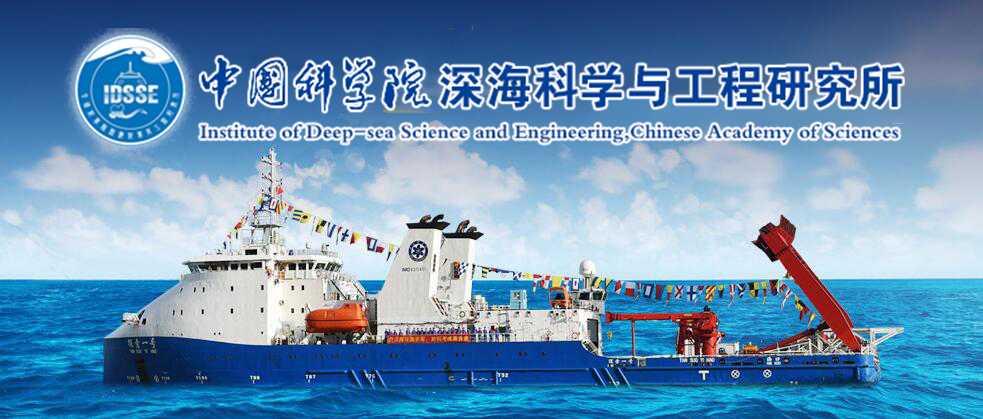Background The twilight zone, which extends from the base of the euphotic zone to a depth of 1000 m, is the major area of particulate organic carbon (POC) remineralization in the ocean. However, little is known about the microbial community and metabolic activity that are directly associated with POC remineralization in this consistently underexplored realm. Here, we utilized a large-volume in situ water transfer system to collect the microbes on different-sized particles from the twilight zone in three regions and analyzed their composition and metabolic function by metagenomic analysis.
Results Distinct prokaryotic communities with significantly lower diversity and less endemic species were detected on particles in the South East Asian Time-series Study (SEATS) compared with the other two regions, perhaps due to the in situ physicochemical conditions and low labile nutrient availability in this region. Observable transitions in community composition and function at the upper and lower boundaries of the twilight zone suggest that microbes respond differently to (and potentially drive the transformation of) POC through this zone. Substantial variations among different particle sizes were observed, with smaller particles typically exhibiting lower diversity but harboring a greater abundance of carbon degradation-associated genes than the larger particles. Such a pattern might arise due to the relatively larger surface area of the smaller particles relative to their volume, which likely provides more sites for microbial colonization, increasing their chance of being remineralized. This makes them less likely to be transferred to the deep ocean, and thus, they contribute more to carbon recycling than to long-term sequestration. Both contig-based and metagenome-assembled genome-(MAG-) based analyses revealed a high diversity of the Carbohydrate-Active enZymes (CAZy) family. This indicates the versatile carbohydrate metabolisms of the microbial communities associated with sinking particles that modulate the remineralization and export of POC in the twilight zone.
Conclusion Our study reveals significant shifts in microbial community composition and function in the twilight zone, with clear differences among the three particle sizes. Microbes with diverse metabolic potential exhibited different responses to the POC entering the twilight zone and also collectively drove the transformation of POC through this zone. These findings provided insights into the diversity of prokaryotes in sinking particles and their roles in POC remineralization and export in marine ecosystems.


 琼公网安备 46020102000014号
琼公网安备 46020102000014号
